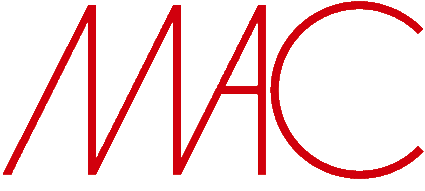Distant Neighbors - Latin American Art in MAC USP Collection
A fifteen thousand kilometers border separates Brazil from other countries in South America. In addition to the extensive territory running through forests and rivers, the experience of a remote proximity is reinforced by the linguistic variations between Portuguese and Spanish. In Brazil, "latin-american" refers to a familiar otherness, a kind of distant neighbourhood where coexistence and familiarity are somewhat restricted and specific. However, the same civilizing process of expansion, first imperialist, now globalizing, brings us closer. If, on the one hand, business and the economy move forward with political and financial treaties, a regional integration in culture and the arts is very slow. The discrepancy in the distribution and assimilation of artistic information, despite the integrated circuits of globalization, refers to a colonial matrix of values and representations that is guided invariably towards the Northern Hemisphere. The exhibition Vizinhos Distantes [Distant Neighbors] is a presentation platform of Latin American artistic repertoires meeting in the MAC USP collection, throughout its history. The heterogeneous, hybrid, plural and multicultural contingency of this continent that stimulates a shift of the southern look to the south, in this critical geography of art.
Operating in this perspective, Brazilian culture and arts are present in this exhibition as latent counterpoints. That is, each repertoire, the individual collection of images can be mobilized when confronted with the Latin American art on display, in an exercise that stimulates the horizontal approaches. The "Latin American art" category becomes insufficient to meet the diversity and cultural contexts of the region, as well as to contemplate the exile and migration of artists in transit around the world and the effects of globalization sensed in this side of the world.
Constructive universalism, spacialisms, geometrisms, cinetisms, african-Cuban antropofagies, neobaroques, revolutionaries, post-utopian are articulated on the exhibition on a constellation of thematic and non-chronological groups. They are: Identity, Constructives, Onirical and Conceptual, that present broadly the many profiles of MAC USP's collection in paintings, sculptures, installations, objects, photographs, records and performance projects, videos and artists publications.
The conceptual art practices have privileged place in this exhibition, that features for the first time a specific set of Latin American artworks in dialogue with the Museum from the decades of 1960 -70.
As a result of research on this part of the collection, the publication Terra Incógnita. Conceitualismos da América Latina no acervo do MAC USP [Terra Incognita. Conceptualisms of Latin America in the MAC USP collection] accompanies the exhibition.
The mapping of the underground circuits of exchanges reveals transnational communities guided in communication and creation strategies, organized in pre-digital networks, as artistic and political resistance tactics. The modern spirit and the revulsive Southern practices, gathered at the exhibition, refer to the critical power originated within this continent to continue activating other visions and neighbourhoods.
Cristina Freire
Curator
© 2015 Museu de Arte Contemporânea da Universidade de São Paulo

